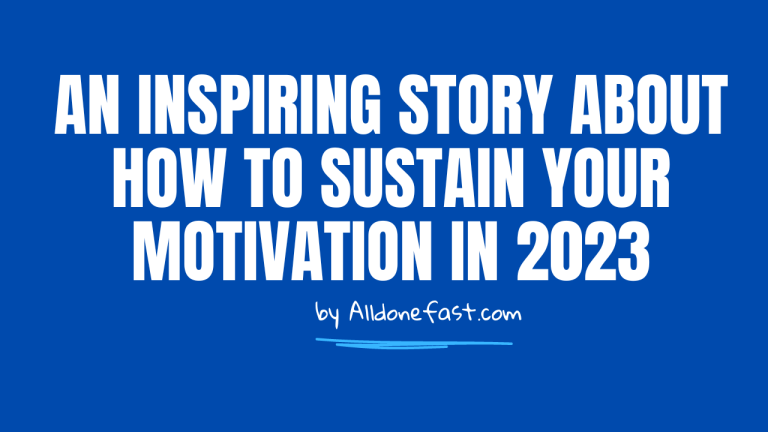Physical Address
304 North Cardinal St.
Dorchester Center, MA 02124
Physical Address
304 North Cardinal St.
Dorchester Center, MA 02124

Best 10 Proven Productivity Tips for Busy Professionals in 2023 Are you…

Maintaining motivation is key to achieving our goals, but it’s not always…

Are you tired of feeling overwhelmed and unproductive? Do you struggle to…